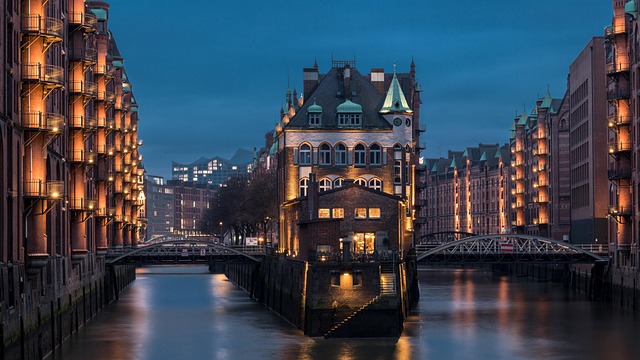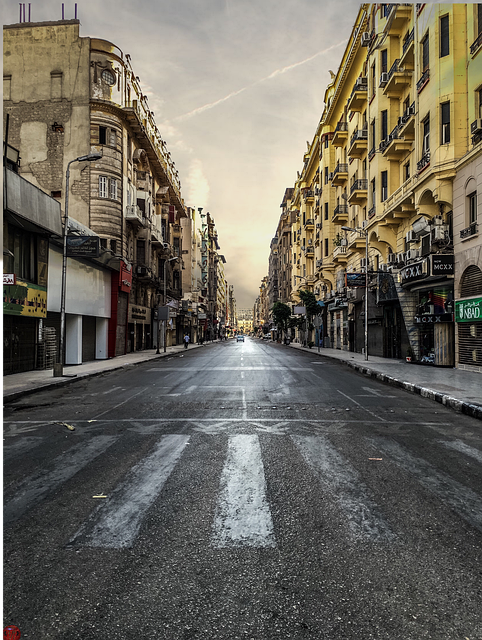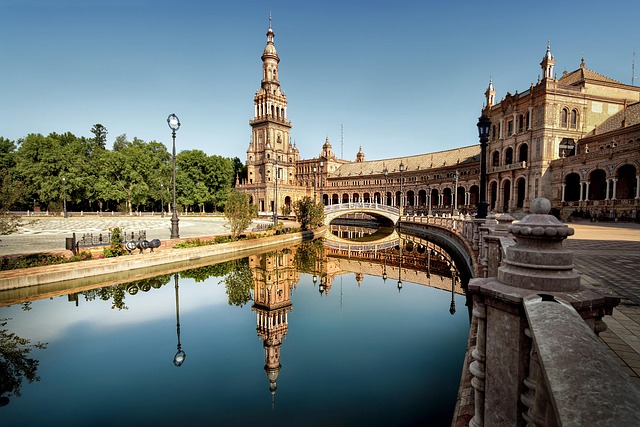The Falaknaz Dynasty (late 18th – early 20th centuries) transformed Karachi from a small coastal outpost into a bustling metropolis, with cultural influences driving significant property market developments. This era saw grand residences, commercial buildings, and vibrant markets catering to merchants, traders, and aristocrats. Property prices surged due to economic growth in textile and shipping industries, infrastructure development, and migration patterns. Market dynamics balanced as new suburbs emerged outside Karachi. Today, Karachi attracts investors through neighborhood renaissances, featuring historic structures that drive tourism and influence modern construction styles. Properties with historical significance command premium prices, reflecting the city's rich past and modern desirability.
“Uncover the fascinating evolution of property prices within the historic Falaknaz Dynasty in Karachi, a city known for its dynamic real estate market. This era, marked by architectural marvels and socio-economic shifts, left an indelible legacy on today’s property landscape. Explore the intricate factors that influenced pricing during this dynasty, analyze contemporary trends, and discover how the Falaknaz era continues to shape modern property values in Karachi.”
- Historical Context of Falaknaz Dynasty in Karachi
- Factors Influencing Property Prices During the Dynasty
- Analysis of Real Estate Trends and Market Dynamics
- Legacy and Impact on Modern Property Values in Karachi
Historical Context of Falaknaz Dynasty in Karachi

The Falaknaz Dynasty, a significant era in Karachi’s history, spanned from the late 18th century to the early 20th century. This period witnessed the city’s transformation from a small coastal outpost to a bustling metropolis. The dynasty was characterized by a unique blend of cultural influences, with the ruling elite embracing both local traditions and global trends. As Karachi grew, so did its property market, reflecting the economic vibrancy and social dynamics of the time.
Historically, the real estate landscape in Karachi was shaped by the needs of a diverse population, including merchants, traders, and aristocrats. The construction of grand residences, commercial buildings, and vibrant markets became a hallmark of this era. The city’s property prices experienced fluctuations, influenced by various factors such as political stability, trade routes, and the influx of people from neighboring regions. Understanding the historical context of the Falaknaz Dynasty provides valuable insights into Karachi’s evolution and the subsequent development of its property market.
Factors Influencing Property Prices During the Dynasty

During the Falaknaz Dynasty, several factors played a pivotal role in shaping property prices in Karachi. The city’s economic growth, driven by industries like textiles and shipping, led to a surge in demand for residential and commercial spaces, pushing prices higher. Infrastructure development, including the construction of new roads and public facilities, also enhanced the appeal of certain neighborhoods, contributing to varying property values across the metropolis.
Additionally, migration patterns and social dynamics influenced real estate trends. The influx of people from rural areas seeking urban opportunities increased competition for available properties, especially in established districts like Saddar and Clifton. Meanwhile, the emergence of new suburbs and satellite towns outside Karachi offered more affordable options for buyers, creating a balance within the market.
Analysis of Real Estate Trends and Market Dynamics

In the vibrant city of Karachi, the real estate market has witnessed significant fluctuations throughout the Falaknaz Dynasty era. Analysis of property prices over this period reveals intriguing trends that offer valuable insights into the city’s economic health and changing landscape. The early years marked a steady growth in property values, driven by the city’s burgeoning population and improving infrastructure. This period saw a surge in demand for residential spaces, particularly in the emerging suburbs, as Karachi experienced a migration of sorts due to its thriving industries and job opportunities.
As the dynasty progressed, market dynamics shifted with changing government policies and global economic influences. The mid-to-late stages witnessed a more volatile real estate market, characterized by rapid price appreciation followed by periods of decline. Factors such as political stability, interest rate movements, and foreign investment played pivotal roles in shaping property prices. Today, Karachi’s real estate scene remains dynamic, attracting both local investors and international buyers, with certain neighborhoods experiencing a renaissance due to their prime locations and revitalized infrastructure—a testament to the city’s enduring appeal and its ability to adapt to changing times.
Legacy and Impact on Modern Property Values in Karachi

The Falaknaz Dynasty, a period of significant economic and architectural growth in Karachi, has left an indelible mark on the city’s property landscape. The legacy of this era is evident in the numerous historic structures that stand tall, reflecting the dynasty’s prosperity and influence. These landmarks not only attract tourists but also contribute to Karachi’s rich cultural tapestry, driving modern property values.
The impact of the Falaknaz Dynasty can be seen in the city’s real estate market today. The architectural styles and design elements popular during this time have inspired contemporary builders and developers, leading to a resurgence of these aesthetics in new constructions. As a result, properties with historical significance or those located in areas associated with the dynasty often command premium prices, reflecting both their modern desirability and Karachi’s deep-rooted history.
The Falaknaz Dynasty’s rule over Karachi left an indelible mark on the city’s real estate landscape. Over time, various factors have influenced property prices, from urban development and infrastructure advancements to socio-economic changes. Analyzing historical trends reveals that while the dynasty’s legacy sparked initial growth, navigating through market dynamics is crucial for understanding today’s property values in Karachi. By examining these factors, we gain insights into the city’s evolving real estate tapestry and its enduring impact on the region’s property market.



